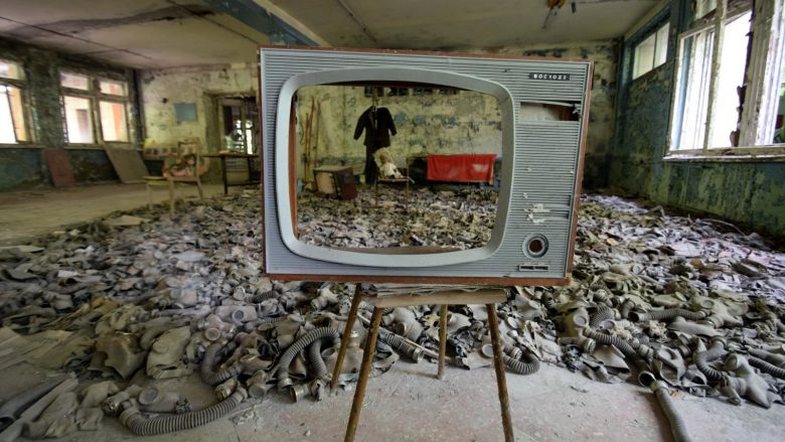
The places where the worst human massacres were carried out, in another era, turn into "tourist attractions". Many people visit such places, such as concentration camps, imagining the (in)human stories that were experienced there. There is a term for this and it is called: Dark Tourism.
What is dark tourism?
The concept of "dark tourism" is about a deep curiosity about human suffering, history and the darker aspects of life. It is a form of tourism that connects us with the past and history that if forgotten repeats itself, but is accompanied by a range of ethical, emotional and psychological consequences.
Why do people visit these places?
There is an inescapable attraction to places associated with tragedy or human suffering. For some, this is a form of education, an opportunity to understand the magnitude of historical events, such as the Holocaust, the Civil War, or 9/11, and to remember or honor the victims of the atrocities that people or regimes have produced.
For others, it may be an attempt to understand human nature and its wickedness or death in inhumane conditions. Visiting these places can also create empathy, reminding us that these tragedies were not just historical events, but real human experiences.
But there is a fine line between honoring those who have suffered and exploiting their pain. Commercialization of these sites can often diminish their significance, turning solemn memorials into tourist attractions.
Governments and tourism operators have an ethical responsibility to present these places in a way that respects the memory of the victims and ensures that the presentation is dignified, sensitive and caring. The opposite can cause quite a bit of controversy, as natives have an emotional connection to the past and may feel insulted if this experience deviates from its true purpose.
Consequences of dark tourism on visitors:
The consequences of dark tourism for visitors can be varied and complex, as this type of tourism often involves confronting unpleasant or disturbing aspects of human history and nature. Here are some of the main influences:
reflex
For many visitors, dark tourism serves as an educational experience, raising awareness of important historical events and the human suffering associated with them. By visiting tragic sites, visitors can gain a deeper understanding of the cause and consequences of these events, often prompting reflection on issues such as human rights, morality and the fragility of life. This can lead to personal growth, a greater appreciation for the value of peace, and an increased empathy for victims.
Trauma
Visiting places associated with tragedy, violence or death can cause strong emotional reactions in some individuals. The powerful atmosphere of these places, along with information about the suffering that occurred there, can lead to feelings of sadness, pain, or even worry. In some cases, it can be a trauma-inducing experience for people who have gone through painful situations themselves. For some, the emotional impact can be profound, leading to a revision of personal values ??or even long-term psychological consequences.
Moral and ethical reflection
Dark tourism can lead visitors to face ethical dilemmas related to exploitation and commercialization. Some may begin to question the appropriateness of turning tragedy sites into tourist attractions, struggling with feelings of guilt and concern about their participation in what may seem like an “immoral” form of entertainment. The awareness that their visit may contribute to the commercialization of suffering may leave some visitors with a sense of moral dilemma.
Desensitization
On the other hand, dark tourism can lead to desensitization, especially if individuals visit these places frequently or without a specific purpose. Over time, some visitors may develop a kind of curiosity, becoming more interested in exploring increasingly macabre or shocking places. This can lead to a "shrunken" sensitivity to the importance of human suffering or, worse still, to a trivialization of the events that took place.
Concern
For some, the visit can lead to cognitive dissonance—a psychological state when a person's beliefs and actions are in conflict. They may intellectually understand the significance of the tragedy they are visiting, but the act of tourism, which often involves photographing or enjoying the scenery, can seem at odds with the country's heavy history. This dissonance can cause worry, questioning, or a need to rationalize their actions.
The connection with the past
While dark tourism often evokes a range of negative emotions, it can also create a sense of connection to the past, to victims and to the wider human experience. By witnessing the suffering, visitors can feel a deeper sense of solidarity with those who have endured the tragedy, fostering empathy and a commitment to ensure that such events do not happen again. This can lead to positive behavioral changes, such as support for human rights initiatives or commitment to peace and justice.
The impact depends mainly on the personality of the individuals, the context of the visit and how the country is presented. However, dark tourism has the potential to challenge visitors' views on human nature, suffering and memory, while fostering empathy.





